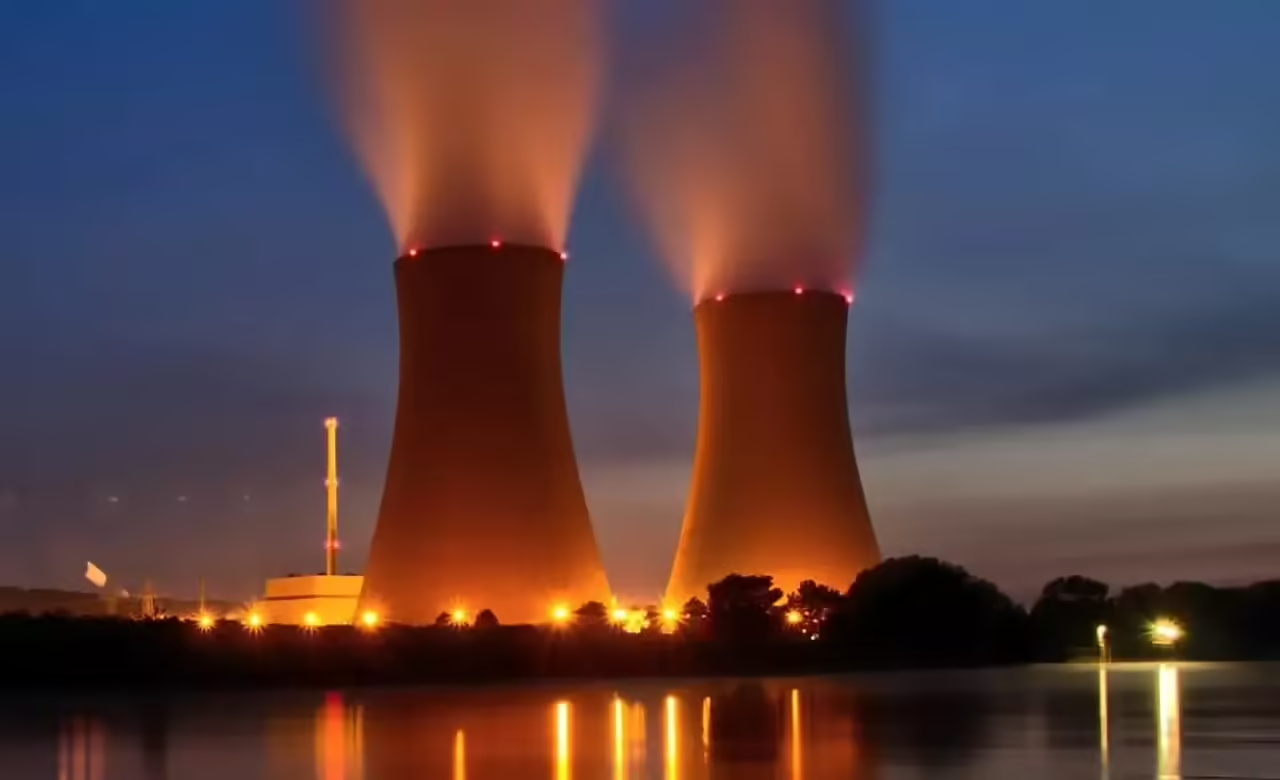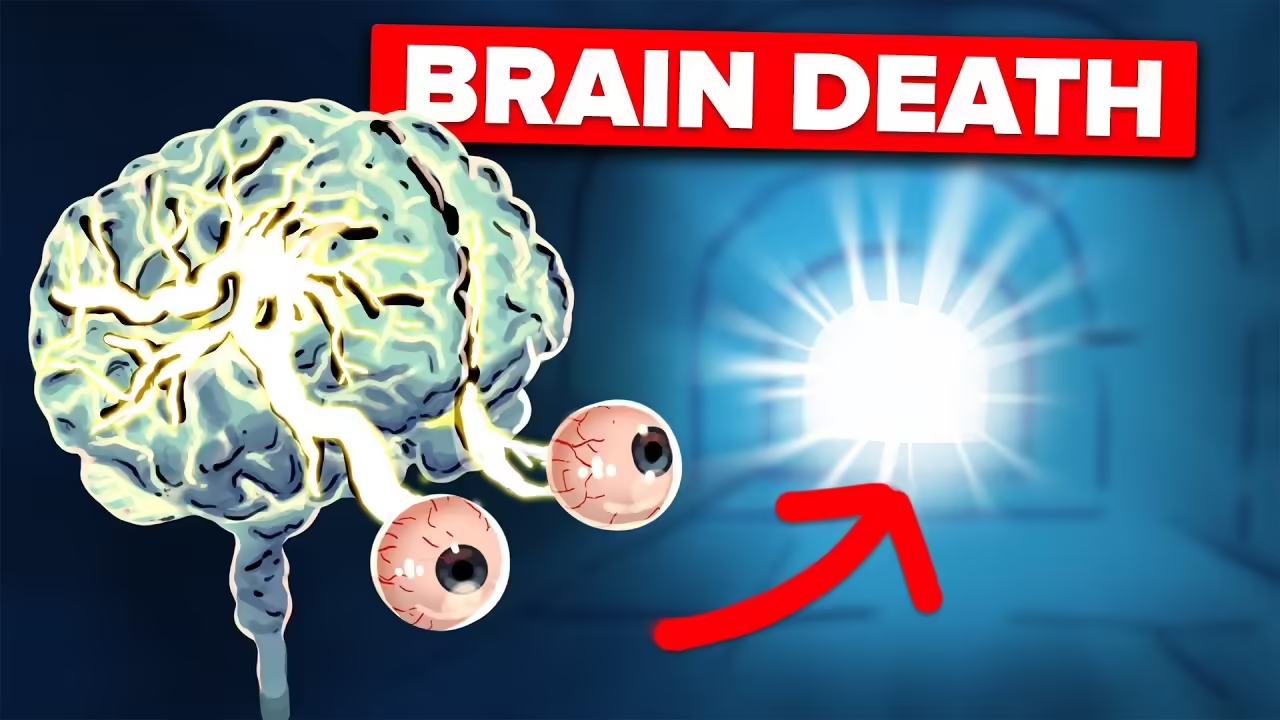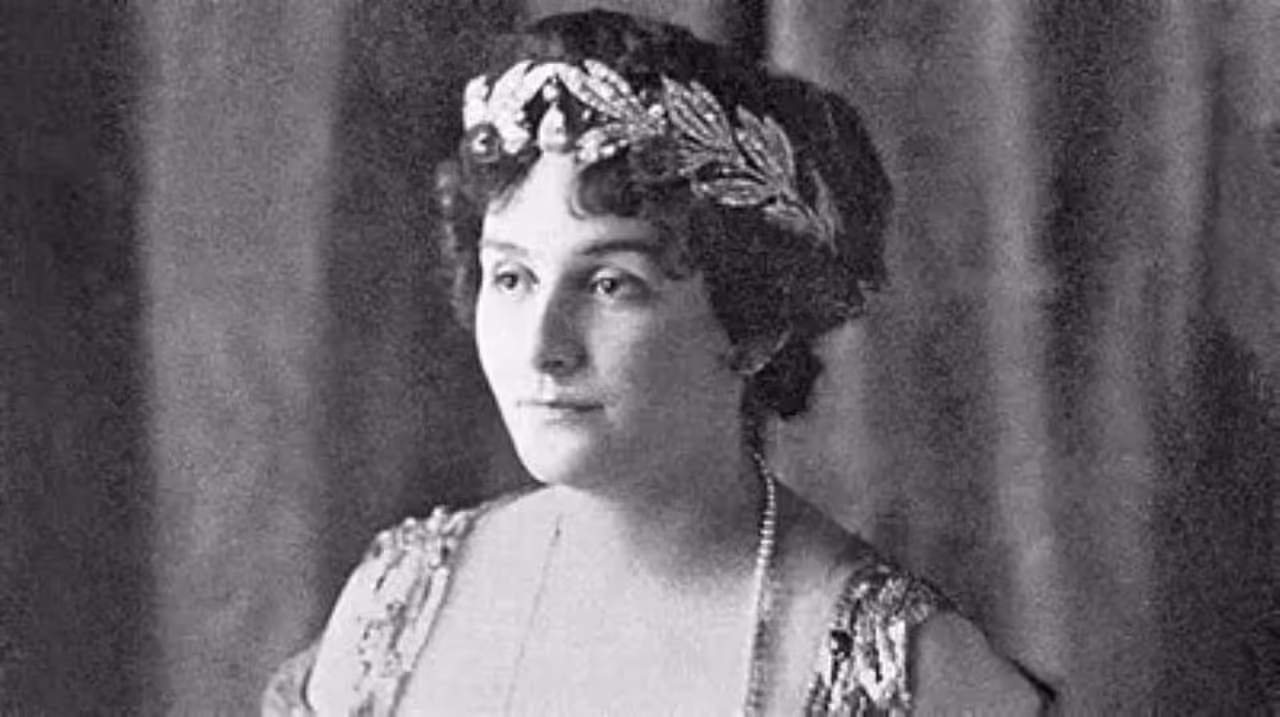
The story of nuclear energy begins with the discovery of radioactivity in the late 19th century. In 1896, the French physicist Henri Becquerel accidentally stumbled upon this phenomenon when he found that certain uranium compounds emitted rays that could expose photographic plates wrapped in black paper. This serendipitous discovery set the stage for further research into the properties of radioactive materials.
However, it was Marie Curie, a pioneering scientist, who made groundbreaking contributions to the understanding of radioactivity. In 1898, she and her husband, Pierre Curie, discovered the radioactive elements polonium and radium. Marie Curie’s work not only earned her two Nobel Prizes but also laid the foundation for the exploration of nuclear physics and the potential applications of nuclear energy.
Historical Significance of Nuclear Energy
The historical significance of nuclear energy cannot be overstated. It played a pivotal role in shaping the 20th century, particularly during World War II. The discovery of nuclear fission by German physicists Otto Hahn and Fritz Strassmann in 1938, followed by the realization that it could release an enormous amount of energy, set off a race to harness this power.
The Manhattan Project, a top-secret U.S. research and development initiative during World War II, led to the development of the atomic bomb. In 1945, the United States dropped atomic bombs on the Japanese cities of Hiroshima and Nagasaki, bringing an end to the war and marking the first and only wartime use of nuclear weapons.
Beyond its destructive capabilities, nuclear energy also held great promise for peaceful applications. In the post-war era, the United States and other nations began exploring nuclear power for electricity generation. The first commercial nuclear power plant, the Shippingport Atomic Power Station in Pennsylvania, went online in 1957, ushering in a new era of energy production.
The historical significance of nuclear energy extends into the present and future as well. It has become a topic of global importance, with discussions about its potential to provide clean and sustainable energy or the challenges associated with nuclear waste disposal and nuclear proliferation.
The Discovery of Radioactivity
The dawn of the 20th century marked an era of remarkable scientific discoveries, with one of the most groundbreaking being the exploration of radioactivity. In 1896, French physicist Henri Becquerel made an accidental discovery that would forever change our understanding of the atomic world. While experimenting with uranium salts, Becquerel observed that these substances emitted mysterious rays capable of penetrating opaque materials and affecting photographic plates wrapped in light-proof paper. This enigmatic phenomenon was named “radioactivity.”
The subsequent years saw a flurry of scientific investigations into the properties of radioactive materials. One of the key figures in this endeavor was Marie Curie, a pioneering scientist who would make indelible contributions to the field. In 1898, Marie Curie and her husband, Pierre Curie, discovered two new radioactive elements: polonium and radium. Their relentless work and groundbreaking discoveries earned Marie Curie two Nobel Prizes, in Physics (1903, shared with Pierre Curie and Henri Becquerel) and in Chemistry (1911), making her the first person ever to win Nobel Prizes in two different scientific fields.
Marie Curie and the Early Steps
Marie Curie’s groundbreaking work not only advanced our knowledge of radioactivity but also set the stage for significant advancements in nuclear science and technology. She tirelessly investigated the properties of radioactive materials, developing innovative techniques for measuring their radioactivity and isolating pure radium. This work laid the foundation for the emerging field of nuclear physics.
Marie Curie’s contributions did not stop at the laboratory bench. Her pioneering spirit inspired future generations of scientists, both male and female, to explore the mysteries of the atomic world. She became a symbol of scientific excellence and gender equality in a time when women in science faced significant barriers.
Niels Bohr’s Atomic Model
In the early 20th century, the understanding of atomic structure was revolutionized by Niels Bohr, a Danish physicist. Bohr’s atomic model, proposed in 1913, introduced the concept of discrete energy levels within the atom. According to his model, electrons occupy specific orbits around the nucleus, each with a defined energy level. Electrons can jump between these energy levels by either absorbing or emitting quanta of energy in the form of photons.
Bohr’s atomic model was a critical step in comprehending how nuclear reactions could occur. It provided a theoretical framework for understanding the behavior of electrons in atoms, particularly how they absorbed and emitted energy. This model was essential for later developments in nuclear physics.
Enrico Fermi and the First Chain Reaction
The advancement of nuclear science took another leap forward with the pioneering work of Italian physicist Enrico Fermi. In the early 1930s, Fermi conducted groundbreaking research in neutron physics. He discovered that when certain elements, such as uranium, were bombarded with neutrons, they underwent nuclear transformations, releasing energy in the process.
Fermi’s most notable achievement came in 1934 when he successfully created artificial radioisotopes by bombarding elements with neutrons. This demonstrated the potential of nuclear reactions to produce new and highly radioactive materials.
However, Fermi’s most famous contribution occurred in 1942 when he and his team conducted the first controlled nuclear chain reaction in Chicago as part of the Manhattan Project. This achievement marked a critical milestone in the development of nuclear energy. The chain reaction demonstrated that it was possible to release a sustained and controlled flow of energy from nuclear reactions, laying the groundwork for the development of nuclear reactors and the potential for nuclear power generation.
The collaboration between Niels Bohr’s atomic model and Enrico Fermi’s groundbreaking work in nuclear physics set the stage for further exploration into the potential uses of nuclear energy, both for destructive purposes, as seen during World War II, and for peaceful applications in the form of nuclear power generation, which would become increasingly significant in the post-war era.
The Era of the Cold War
The Atomic Bomb and World War II
The era of the Cold War was deeply marked by the development and use of atomic weapons. The most significant event during this period was the use of atomic bombs in World War II. In 1945, the United States dropped two atomic bombs, codenamed “Little Boy” and “Fat Man,” on the Japanese cities of Hiroshima and Nagasaki, respectively. These devastating attacks resulted in immense destruction, loss of life, and marked the first and only wartime use of nuclear weapons.
The bombings of Hiroshima and Nagasaki had profound global implications. They led to Japan’s surrender, effectively ending World War II, but they also initiated the atomic age and the dawn of the nuclear arms race between the United States and the Soviet Union. This ushered in an era of heightened tensions and nuclear deterrence strategies, which would define much of the Cold War period.
The Nuclear Arms Race
During the Cold War, the United States and the Soviet Union engaged in a relentless competition to develop and stockpile nuclear weapons. This nuclear arms race was characterized by the testing of increasingly powerful and destructive nuclear devices, including hydrogen bombs.
Both superpowers sought to maintain a balance of terror, where the fear of mutual destruction acted as a deterrent against the use of nuclear weapons. The Cuban Missile Crisis in 1962 marked a critical moment in the Cold War, as it brought the world to the brink of nuclear conflict.
The Development of Peaceful Nuclear Energy
Amid the intense military competition, there were also efforts to harness nuclear energy for peaceful purposes. The Atomic Energy Act of 1954 in the United States marked a shift toward the development of civilian nuclear power. This legislation promoted the use of nuclear reactors for electricity generation and established regulations for nuclear safety.
The first commercial nuclear power plant in the United States, the Shippingport Atomic Power Station, went online in 1957. This event signaled the beginning of a new era of energy production, with the promise of providing a clean and abundant source of electricity.
Advancements in Nuclear Technology
Nuclear Reactors and Power Generation
The advancement of nuclear technology in the post-World War II era led to the development of nuclear reactors for power generation. Nuclear reactors are designed to harness the energy released during nuclear fission, where the nucleus of an atom is split into two smaller nuclei, releasing a tremendous amount of energy. This energy can be used to produce electricity through a controlled chain reaction.
Nuclear power plants are built around nuclear reactors, and they have become a significant source of electricity generation in many countries. These reactors use various fuel types, including uranium and plutonium, to sustain the nuclear chain reaction. They produce heat, which is used to generate steam and drive turbines, ultimately producing electricity.
The advantages of nuclear power include its low carbon emissions, reliability, and the ability to provide a consistent and steady source of electricity. However, it also presents challenges related to nuclear waste management, safety, and the risk of accidents.
The Nuclear Fuel Cycle
One critical aspect of nuclear technology is the nuclear fuel cycle, which encompasses the production, use, and management of nuclear fuel. The cycle typically consists of several stages:
Mining and Fuel Production: The first step involves mining and processing uranium ore to create fuel rods or pellets suitable for use in nuclear reactors.
Fuel Enrichment: Uranium is often enriched to increase the proportion of fissile isotopes, typically uranium-235. This enriched uranium is used as fuel in most nuclear reactors.
Reactor Operation: During this stage, enriched uranium fuel undergoes nuclear fission in reactors to produce heat and electricity.
Spent Fuel Management: After use in reactors, fuel becomes “spent” and is highly radioactive. Proper disposal and long-term storage of spent nuclear fuel are crucial aspects of the fuel cycle.
Nuclear Waste Management: The handling, treatment, and disposal of nuclear waste generated throughout the fuel cycle are important for ensuring public safety and environmental protection.
Innovations in Nuclear Safety
As nuclear energy has evolved, so too have safety measures and technologies. Innovations in nuclear safety have aimed to minimize the risks associated with nuclear power plants and the potential consequences of accidents.
Safety measures include stringent design standards for reactors, multiple safety layers, and emergency preparedness plans. Modern reactors are equipped with advanced safety features, such as passive cooling systems that do not require external power sources to prevent overheating.
In recent years, there has also been a focus on developing advanced reactor designs that offer improved safety, reduced nuclear waste, and enhanced efficiency. These innovations aim to address the challenges and opportunities associated with nuclear energy in the 21st century.







